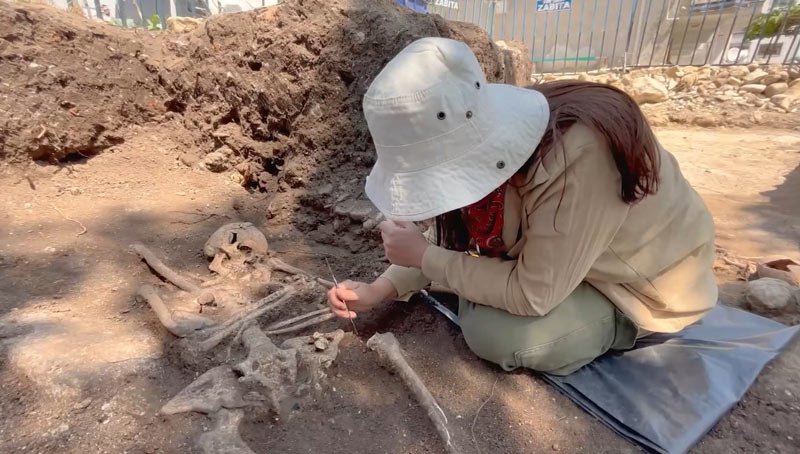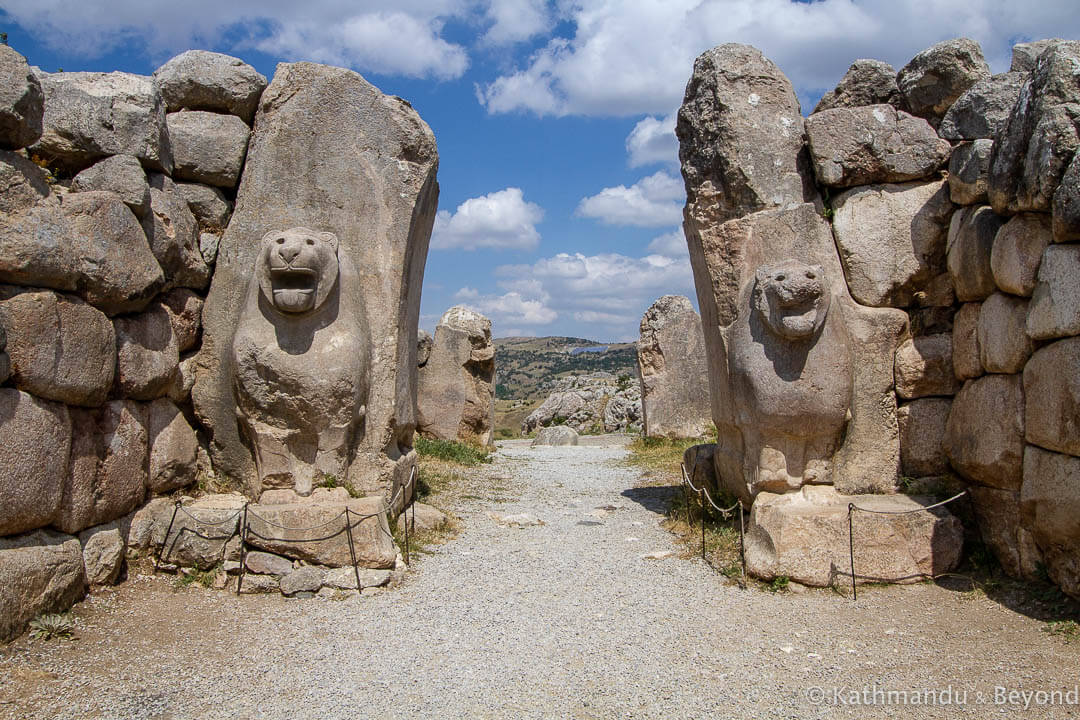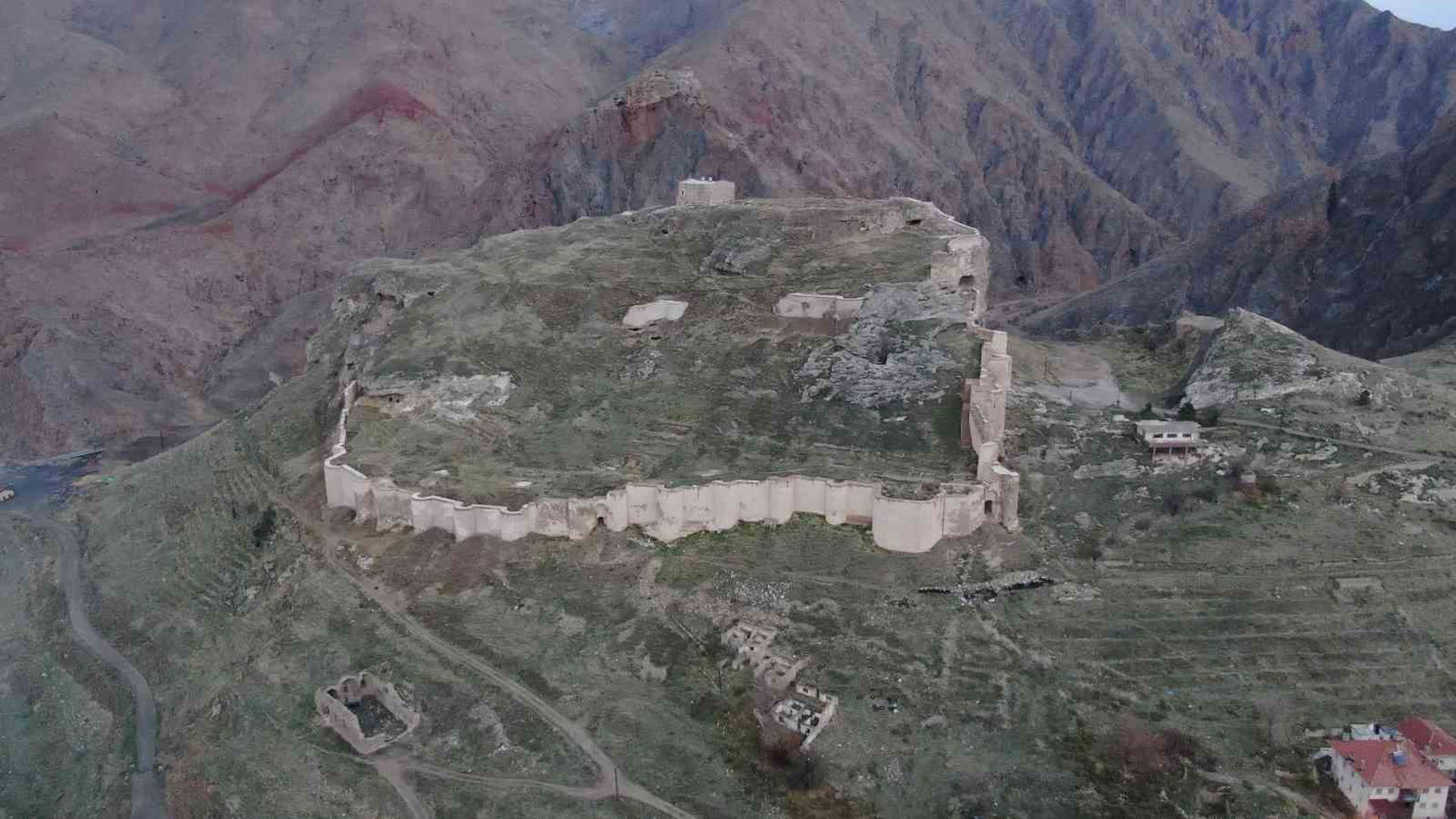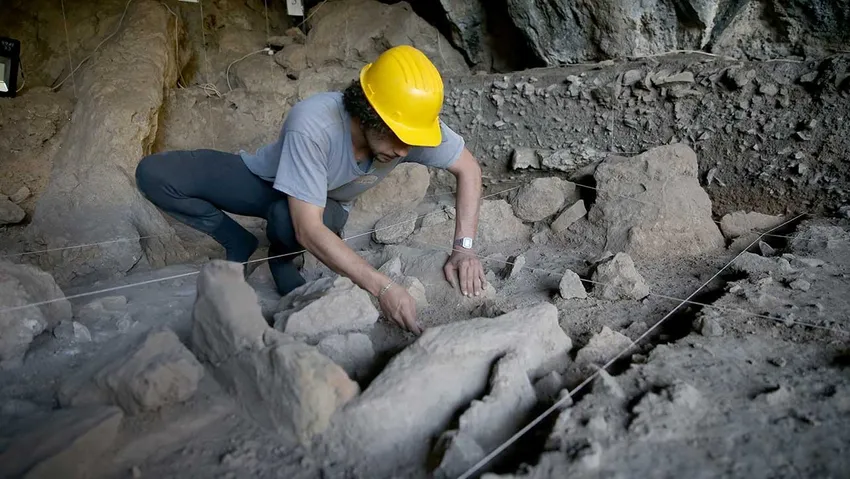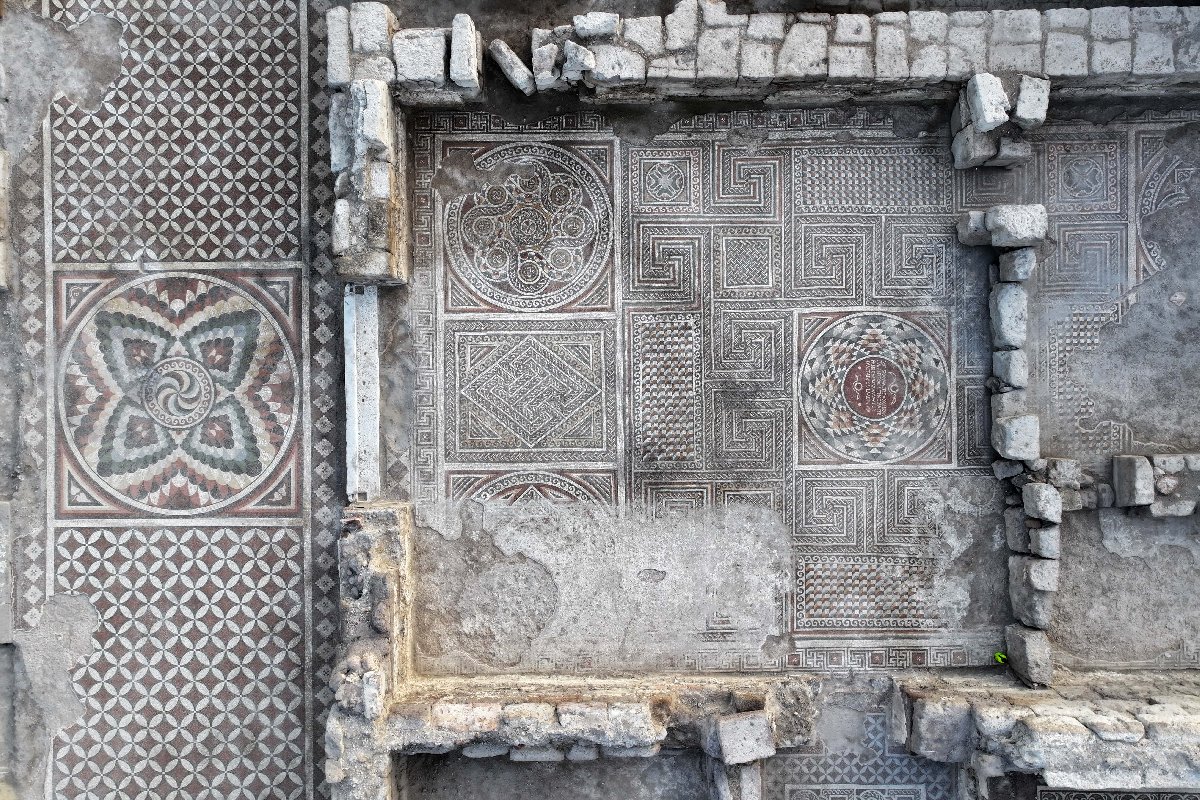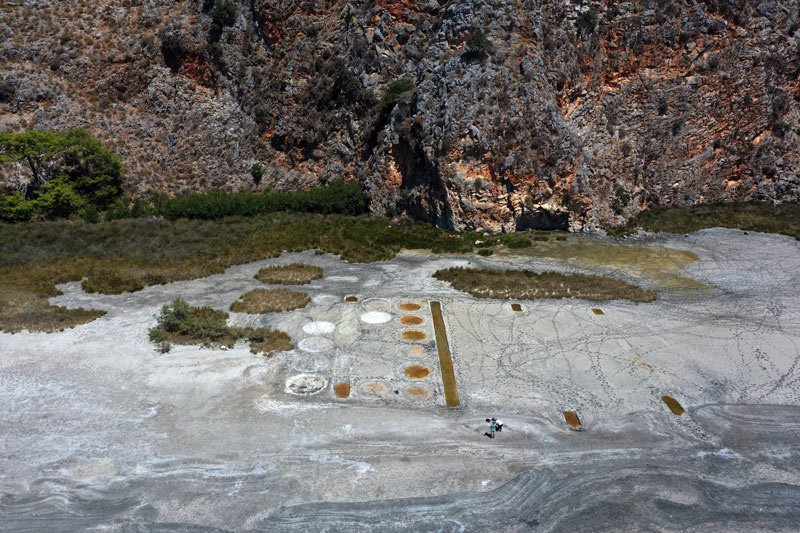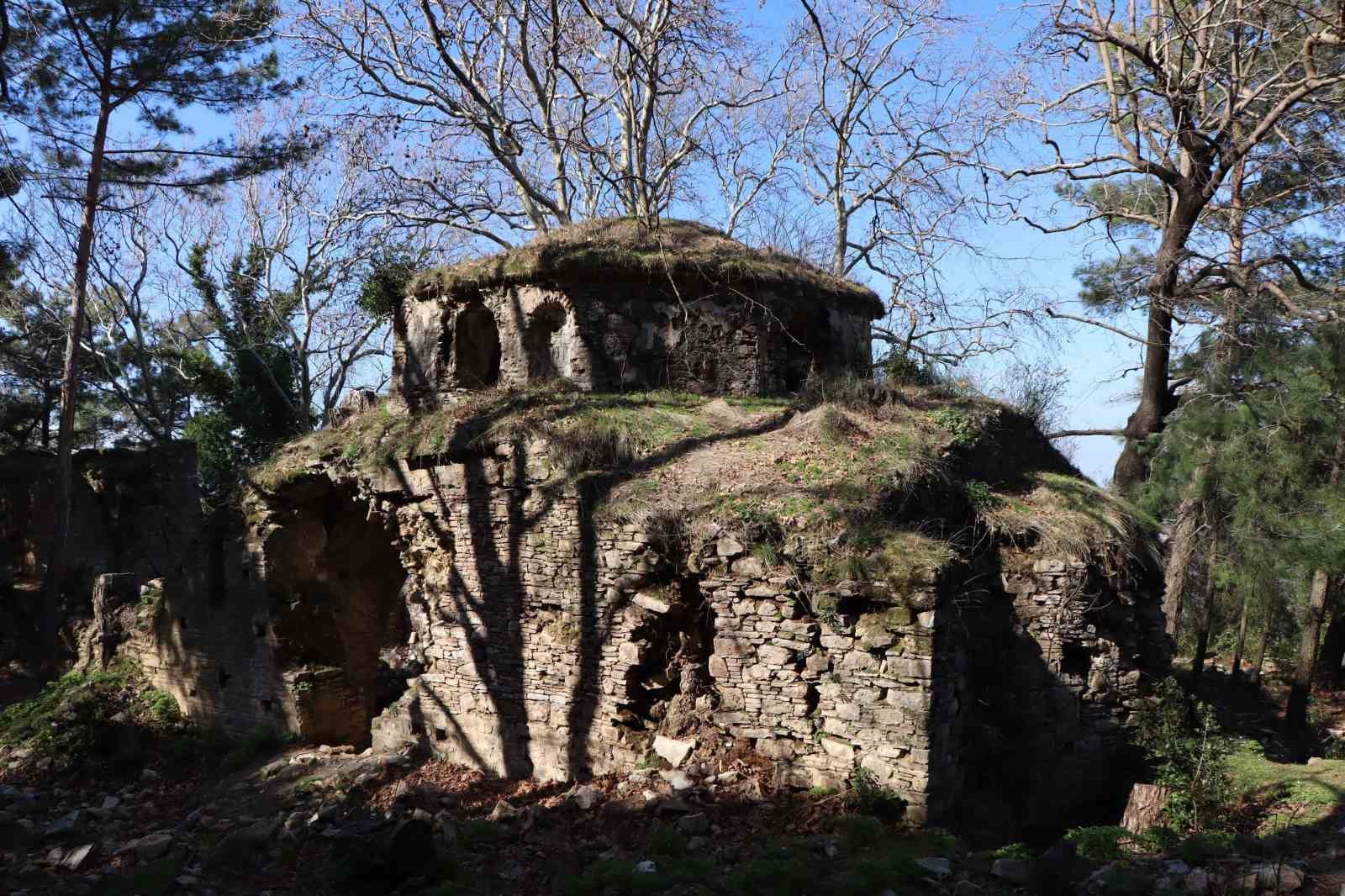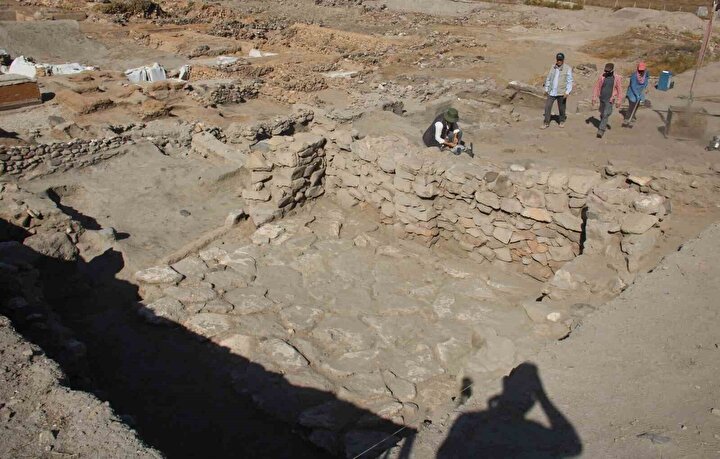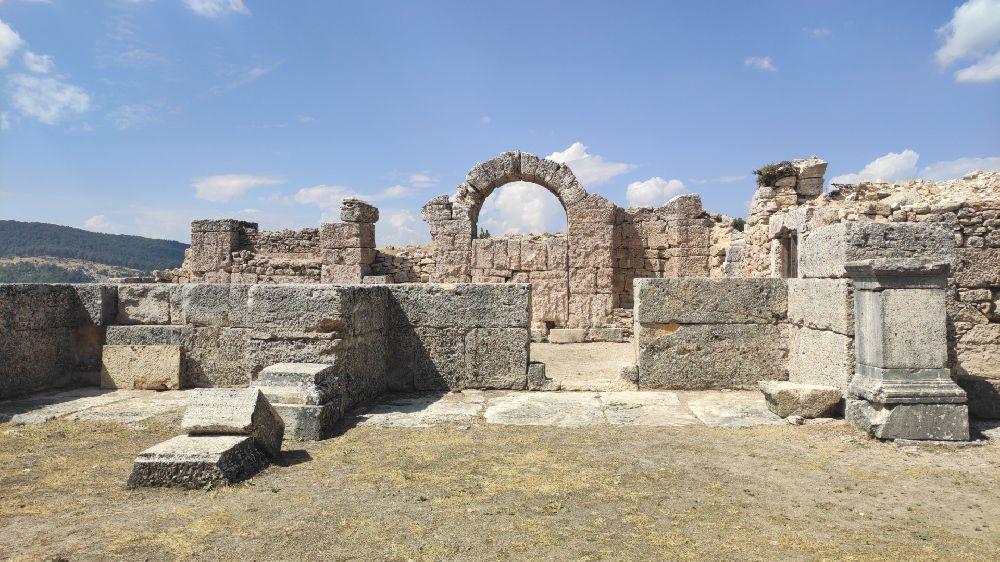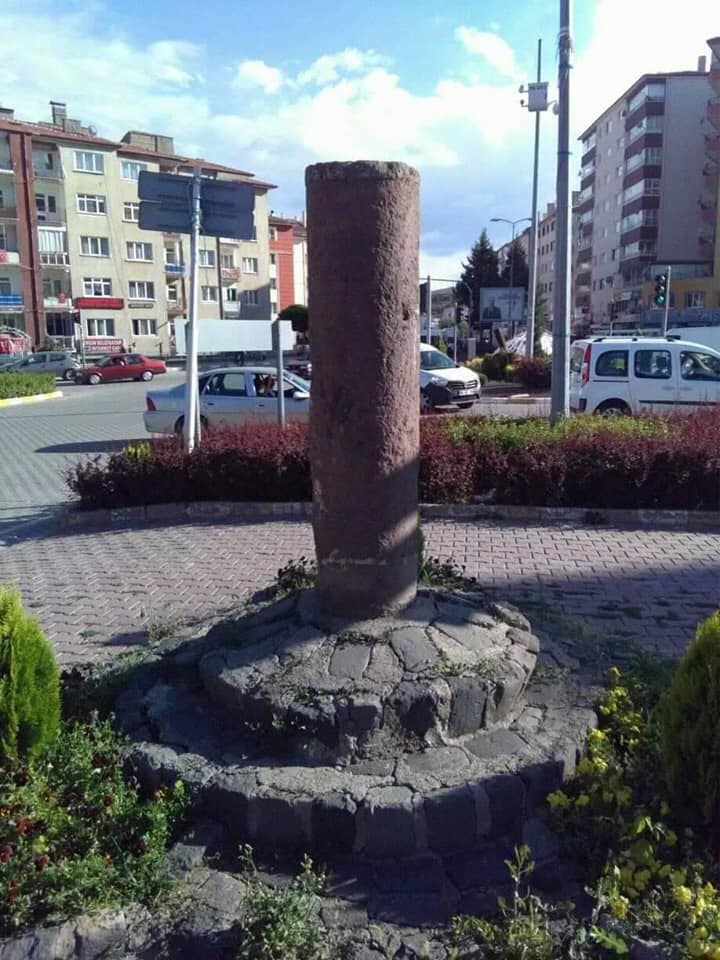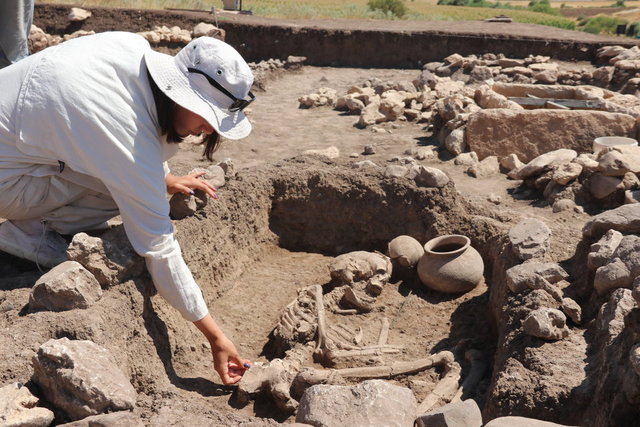During the archaeological excavation initiated in the area where 8 Roman-era tombs were found in Ordu in 2021 during road construction work, a Byzantine-era monastery church was discovered.
Monasteries are religious structures where Christian clergy and individuals devoted to Christianity lived. In addition to these structures, churches were built for worship, and these churches were named after the monastery. The Arak Monastery (Church) located in Muş is an example of such structures.
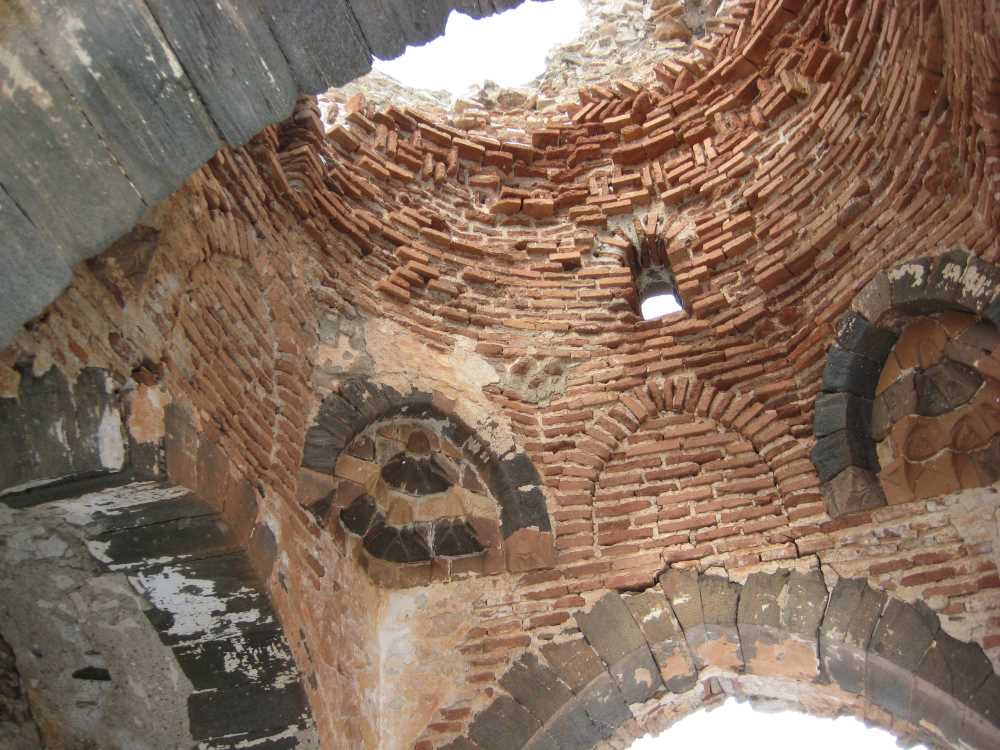
In the Fatsa district of Ordu, it was determined that the church uncovered in the area where 8 Roman-era tombs were found is a monastery church. The church from the Byzantine period was dedicated to Saint Constantine and Saint Helena.
The church, along with the tombs, is an important part of the Ancient Polemonion City.
Dr. Seçkin Evcim, the excavation director and a faculty member of the Department of Art History at Ordu University, stated, “We believe that the initial construction of the church could date back to the 5th or 6th centuries AD. This corresponds to our early Byzantine period, or what we call the late antiquity. However, further examinations led us to the idea that in the later Byzantine period, towards the end of the Middle Ages, this structure may have been revisited and used as part of a monastery complex with additions.”
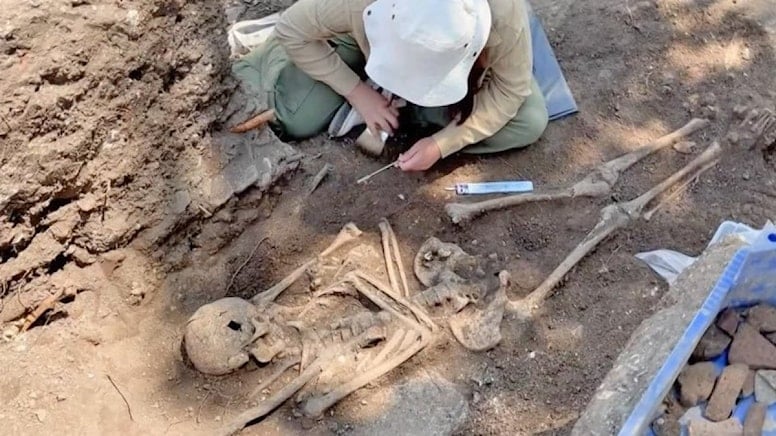
Dr. Seçkin Evcim, the excavation director, mentioned that based on their estimations, the foundations of the church date back to the 5th and 6th centuries. He stated, “In fact, this structure has a history that spans almost a thousand years. However, its initial establishment occurred approximately 1,500 years ago from today.”
Evcim also noted that they found evidence indicating that the church was dedicated to Saint Constantine and Saint Helena. He said, “During rescue excavations in the tombs, we noticed the remains of a structure. While examining the remains, we first learned that locals referred to this structure as a monastery, and we were able to confirm on-site that it was a church from the Byzantine period associated with the monastery.”
He continued, “Later, through historical documents and records, as well as information provided by various travelers and explorers who mentioned specific details in their examinations, we determined that this was a monastery church dedicated to Saint Constantine and Saint Helena.”
Cover Photo DHA

